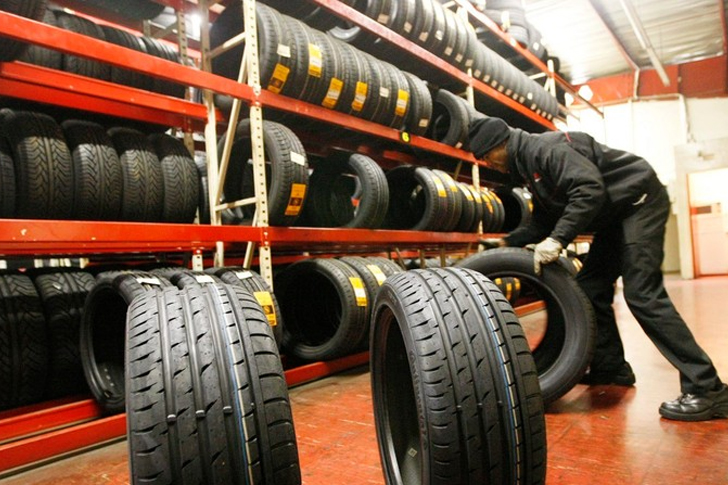Essential Tips for Seniors to Purchase Tires at a Low Cost
For many seniors, maintaining independence and mobility is a crucial aspect of their well-being. Reliable transportation is central to this, allowing seniors to attend medical appointments, visit family, and participate in community activities. However, the cost of automobile maintenance, including purchasing new tires, can be prohibitively expensive, especially on a fixed income. This guide aims to help seniors find quality tires at reduced prices, ensuring safety and mobility without straining their budget.

Where to Find Deals on Tires
Seniors can access discounted tires through a variety of channels, some of which may offer exclusive deals for older adults:
1. **Local Tire Shops and Chains:**
Local businesses often have promotions or discounts that are not widely advertised. Visiting these shops in person or checking their websites can lead to discovering hidden deals. Some national chains like Discount Tire occasionally offer promotions that might include additional rebates for seniors.
2. **Membership Organizations:**
Organizations like AARP offer a range of benefits, including discounts on automobile parts and services. Seniors should check if their membership provides any specific discounts on tire purchases or services.
3. **Warehouse Clubs:**
Clubs like Costco or Sam’s Club are known for offering quality tires at lower prices. These venues often hold sales events where members can purchase tires at significant discounts.
4. **Online Retailers:**
Websites like Tire Rack or Amazon can offer competitive prices due to their large volume of sales and lower overhead costs. Additionally, they often run special promotions that local stores may not match.
5. **Tire Manufacturer Promotions:**
Seniors should check the websites of major tire manufacturers such as Michelin, Goodyear, or Bridgestone for seasonal promotions or rebates that are offered directly from the manufacturer.
Timing Your Purchase Wisely
Tire prices can fluctuate based on season and demand. Typically, the best times to buy tires are in April and October. These months often precede seasonal changes that prompt drivers to prepare their vehicles for winter or summer driving conditions, and retailers frequently offer deals to boost sales during these transitional periods.
Choosing the Right Tires
Purchasing the correct tire type for the vehicle and typical driving conditions is essential. Here are a few tips:
– **Consult the Owner’s Manual:**
The vehicle’s manual will specify the correct size and type of tire needed, which is crucial for maintaining the car’s efficiency and safety.
– **Consider All-Season Tires:**
For many seniors who drive in moderate conditions and don’t face severe winter weather, all-season tires can be a practical and economical choice.
– **Understand Tire Longevity and Warranties:**
Look for tires that offer a good balance between cost and longevity. Some tires might seem cheaper initially but will need to be replaced more frequently. Also, check the warranty details; some tires come with a mileage warranty that can provide additional value.
Utilizing Discounts and Rebates
Always look for rebates and coupons when shopping for tires. These can be available directly from manufacturers, through auto service centers, or via coupon websites like Groupon. Additionally, ask about senior discounts; even if they are not advertised, some stores may offer them upon request.
Seeking Professional Advice
If unsure about the type of tire needed or the best time to buy, consulting a trusted mechanic can lead to informed decisions. Some community centers or senior organizations might offer workshops on vehicle maintenance, which are beneficial for learning how to make cost-effective choices concerning auto care.
Maintaining New Tires for Longevity
Once purchased, maximizing tire lifespan through regular maintenance—such as keeping tires properly inflated, regular tire rotations, and alignment checks—is essential. This not only ensures safety but also makes tire investments last longer, saving money over time.







Recent Comments